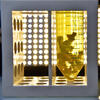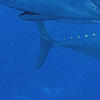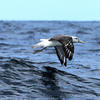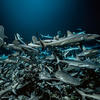You are here
Sea urchins under threat
12.07.2021
Over the past few years, populations of purple sea urchins off the coasts of France have been declining. In Corsica, researchers at the Stella Mare lab, headed by Antoine Aiello, winner of the CNRS 2021 innovation medal, are taking action by monitoring natural populations and restoring stocks.

1
Slideshow mode
The purple sea urchin (Paracentrotus lividus) is an edible species that until a few years ago was found in abundance in shallow waters off the coast of the French island of Corsica. Today, however, it has almost completely disappeared. Overfishing has considerably reduced stocks (28 tonnes caught in 2012 as compared to 470 tonnes in 1975).
Stella mare
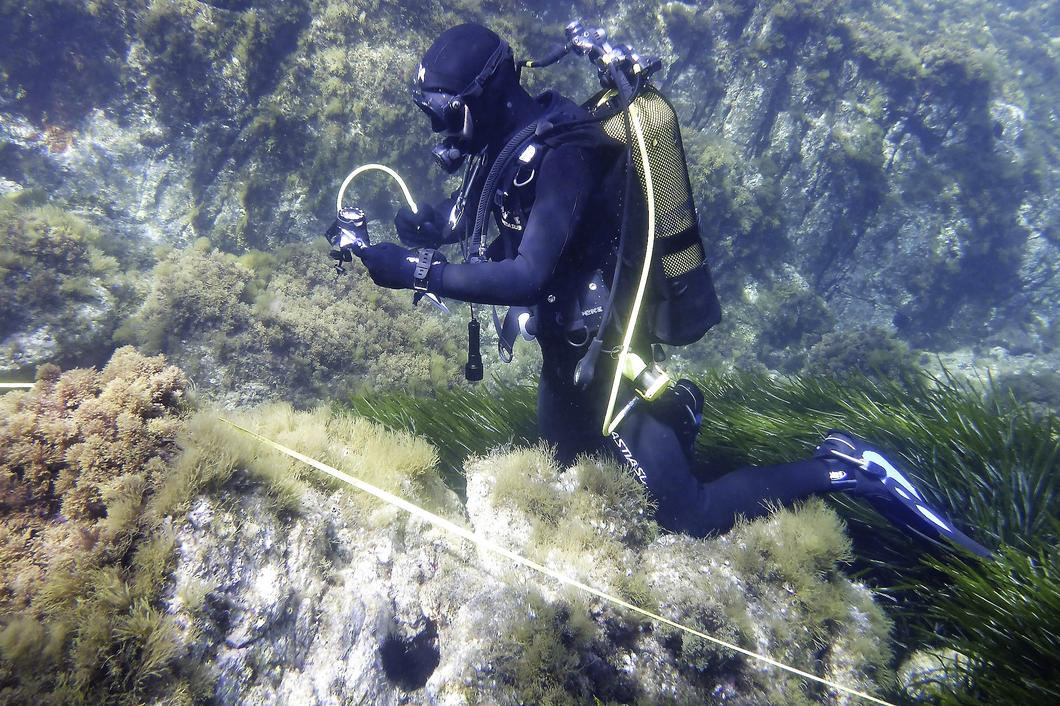
2
Slideshow mode
During the spawning period, a team of scientific divers from the Stella Mare lab search the waters north of the island once a fortnight in order to identify and collect samples of sea urchins.
Stella mare

3
Slideshow mode
On each dive, the scientists bring back several dozen sea urchins that are measured to ensure that only adults are selected.
Cyril Frésillon / Stella mare / CNRS Photothèque

4
Slideshow mode
Back at the Stella Mare lab, the researchers examine the sea urchins, in order to improve their understanding of natural stocks and monitor their development over time.
Cyril Frésillon / Stella mare / CNRS Photothèque

5
Slideshow mode
The sea urchins are measured and weighed in order to draw up population statistics. Although fishing is only permitted from mid-December to mid-April, the number of sea urchins continues to decline.
Cyril Frésillon / Stella mare / CNRS Photothèque

6
Slideshow mode
The gonads (reproductive systems) are analysed with the aim of elucidating and regulating the sea urchin's development cycle. The scientists were pleasantly surprised to discover that there are two breeding seasons – and not just one – per year.
Cyril Frésillon / Stella mare / CNRS Photothèque

7
Slideshow mode
Mikael Demolliens takes an active part in the sea urchin reproduction programme, even coming to the lab in the middle of the night to keep a close eye on the sea urchin nursery after an alarm goes off.
Cyril Frésillon / Stella mare / CNRS Photothèque

8
Slideshow mode
These sea urchins are only a few weeks old and 4 to 8 mm in diameter. The expertise of the scientists at Stella Mare has enabled them to successfully reproduce sea urchins from the larval to the adult stage.
Cyril Frésillon / Stella mare / CNRS Photothèque

9
Slideshow mode
The researchers aim to use the encouraging results obtained in the laboratory to improve methods for the conservation, management and development of the resource all around the coasts of Corsica, with the hope that the seabed will soon be teeming with sea urchins once again.
Cyril Frésillon / Stella mare / CNRS Photothèque
Explore more
Life
Article
11/26/2025
Article
11/24/2025
Article
09/24/2025
Article
09/01/2025
Article
08/07/2025
Marine biology
Article
10/10/2023
Video
02/23/2023
Article
12/20/2020
Article
06/18/2018
Article
06/14/2018







